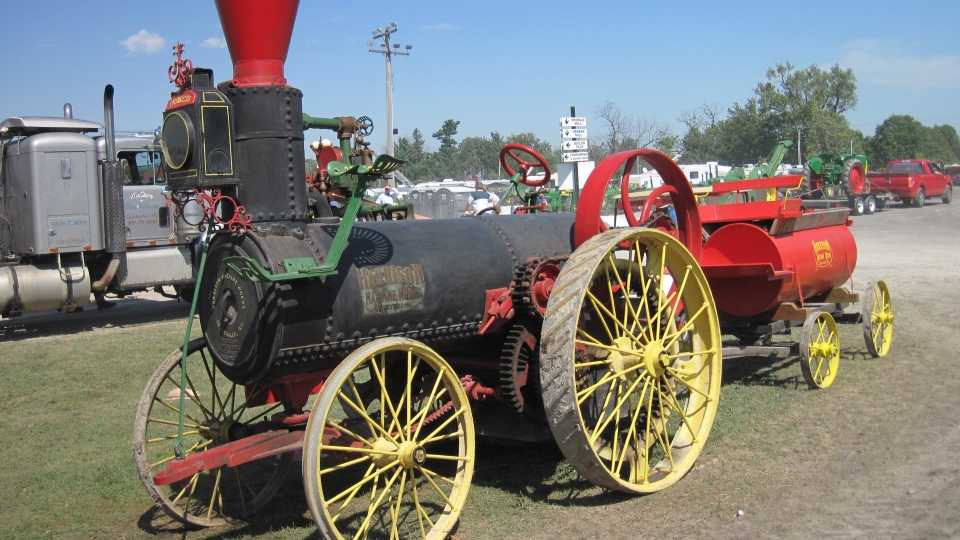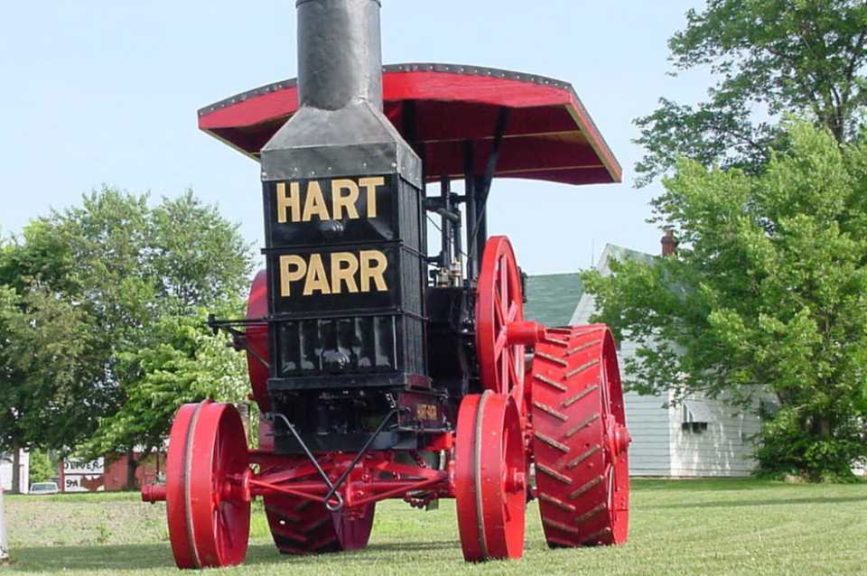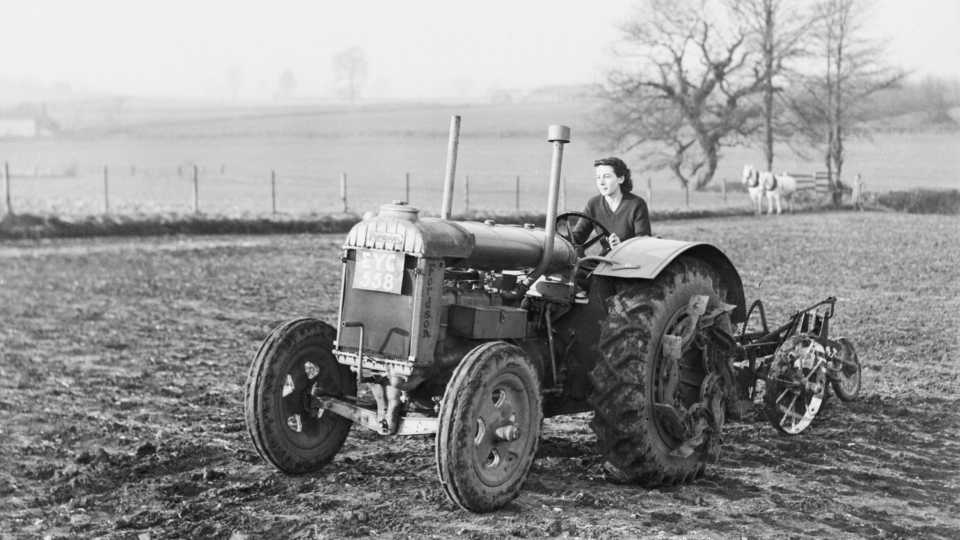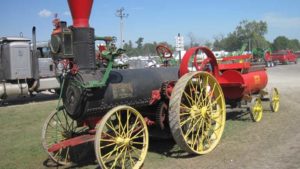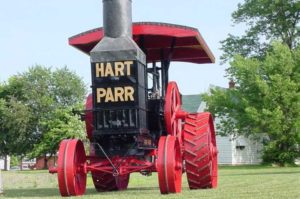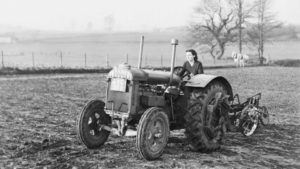What the Impact of Tractors on Farming Can Teach Us About Today
Major historical movements look like they happened quickly to our modern eyes. Take how we view the tractor’s arrival on American farms. We tend to think that the 1800s were all about farming with horses, and then somewhere in the first half of the 20th century, everyone switched over to tractors for plowing and cultivating. In reality, it took more than 100 years of development before the general-purpose (GP) tractor arrived — the pivotal moment when everything changed.
To reach that point, a lot of inventions had to take place. And the equipment had to reach a point where it made financial sense to purchase it.
So how did we get there?
The Long Road to Tractors
In 1812, the first farm engine made its bow. It was a rudimentary machine designed to rotate a flexible belt. Over the next decades, British farmers (most of the early innovation occurred in the U.K.) found all types of ingenious uses for those machines.
In 1859, the first steam tractor rolled onto farms. It was just as huge and heavy as it sounds. Moist soil, typical in England, meant few farmers used it to work the soil directly. It was put to other uses, like hauling or operating a pulley system that plowed a field.
It’s easy to see why American growers decided to stick with their horses.
Then in 1902, Charles Hart and Charles Parr created the first American gasoline-powered, combustion engine for U.S. farms. It was a major step forward. However, it was still heavy and large — the same drawbacks steam tractors had. If it bogged down, it would be hard to dislodge. After all, the owner probably had only horses to pull it out of the mud.
But two big events happened in the 15 years after the Hart Parr tractor debuted. The first was World War I. Horses still played a big role in war back then. That lead to a horse shortage, just as there is a labor shortage today.
The second “event” was actually a man: Henry Ford. In 1917, he brought mass production to tractors. The Fordston was smaller, lighter, and cheaper. Prior to the Fordston, tractors cost more that $1,000 (about $30,000 today). Ford charged only $600 for his.
Competitors soon followed. A slew of light weight, affordable tractors hit the market in the next five years. Ford responded by starting a price war, dropping his price to only $395.
And farmers responded.
Those competitors are an important factor. They are the ones who began doing things like adding hitches and raising the clearance. Suddenly, these light tractors could do more than just plow. They could go in with a crop in the field.
And at a basic level, these new tractors weren’t all different from today’s tractor. We know it as the GP tractor.
Within 20 years, tractors would outstrip horses on farms.
I think we’re in the equivalent of the tractors’ 1920s era with today’s ag technology. Low labor and high costs are making growers hungry for solutions. Costs are dropping and reliability is rising.
Wonder what our industry will look like in just another 10 years? I, for one, am looking forward to watching it all unfold.




